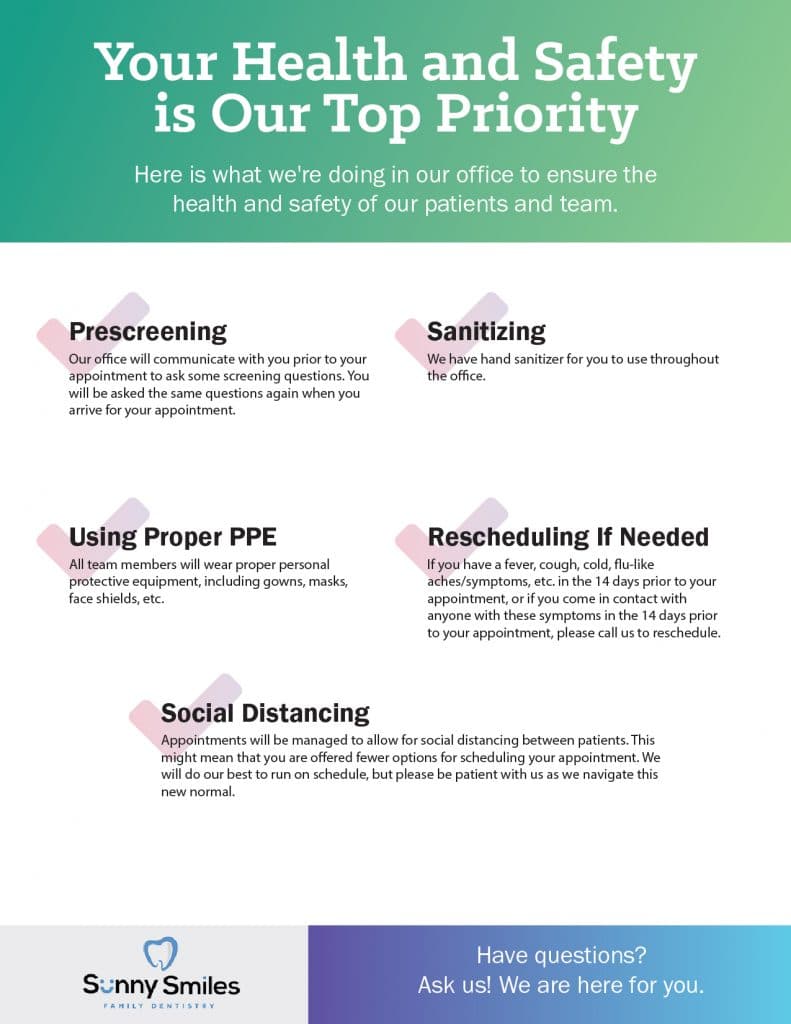
If you have decay, you must have your tooth restored promptly with a filling. This treatment will stop the development of a cavity and repair the area. Cavities that are left untreated can continue to deteriorate the layers of your pearly white and could result in a painful infection. Root canal therapy (RCT) may be necessary if you begin to feel persistent discomfort, sensitivity, or swelling. In today’s blog, Sunny Smiles Family Dentistry in El Paso, TX, is here to break down what to expect from this treatment.
What Is A Root Canal?
Your tooth consists of several layers. The outermost layer is enamel, which protects the structure from harmful bacteria. If a cavity deteriorates this part, it will enter the dentin. Following this is the cementum, and then the pulp. This inner layer contains nerves and blood vessels and provides nutrients. If decay reaches this area, it can cause an ache, discomfort, and swelling. Essentially, root canal treatment involves removing the infected pulp, filling the area, and placing a protective crown on top. This procedure can provide pain relief and prevent the infection from spreading.
How It Is Different Than A Filling
While the process of a root canal and filling may seem similar, there are some differences. First, a filling is used to restore the structure after cavities and minor harm. On the contrary, RCT addresses infections. This treatment is also slightly more invasive and uses a different material to replace the removed tissue. After the pulp is removed and the area is cleaned, a rubber-like material is added. With a traditional dental filling, a tooth-colored material such as composite resin is likely to be used instead.
If A Root Canal Can Not Save The Tooth
Your dentist’s goal is to keep your natural pearly whites intact. In many cases, a simple filling or RCT can keep your smile healthy. However, if the structure is severely damaged, it may be better to remove it altogether.
Tooth decay is fairly common, but it can be prevented with consistent oral hygiene and a healthy lifestyle. To avoid severe cavities, you should brush and floss at least twice a day. This removes bacteria from foods and drinks. As a general rule, you should visit the dentist every six months for a cleaning and examination. During your cleaning, plaque buildup can be removed with professional tools. The examination can also detect early signs of decay. If a cavity is noticed, your dentist will create a treatment plan to stop its progression.
Relieve Your Discomfort Today
If you have a severe cavity or infected tooth, root canal therapy may be able to repair it. To schedule an appointment with Sunny Smiles in El Paso, TX, call us at 915.849.9000.




